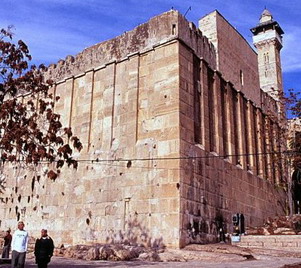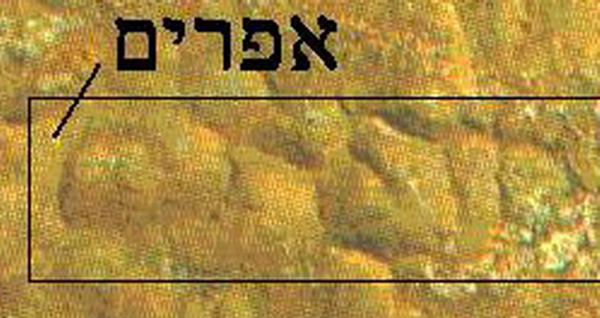| Site Contents by Subject |
Home Research Revelation Reconciliation |
|
Publications |
Site Map Contents in Alphabetical Order |
This Site |
|
1. Crossing the Red Sea: A Naturalistic Explanation from Observed Phenomenon
nineteenth century account by one Major Palmer.
"Strong north-easterly gales, on reaching Suez, would, by its action on an ebb tide, make it abnormally low, and prevent while it lasted, at least for a time, the return of the usual flood tide. In this way a good passage across the channel might soon be laid bare and remain so for several hours. In the morning, a shaft of wind to the south, probably of cyclonic nature, takes place. The pent-up flood tide, now freed from restraint, and urged on by the south gale, returns to its wonted flow".
(Reading the Old Testament, Prof. Lawrence Boadt, 1984, p.169.)
See also:
http://www.bibleorigins.net/RedSeaCrossing
ExodusIsraelBallahLakes.html
 |
2. New Archaeological Findings!!
The Cave of the Patriarchs, King Herod, and the Tabernacle
In the Hebrew-language weekly "BeSheva" (3.1.2.09 p.30 ff) is an article about the Tabernacle and the Cave of the Patriarchs (Maarat HaMachpela) in Hevron.
The Cave of the Patriarchs was first purchased by Abraham as a burial place for his wife Sarah (Genesis chapter 23).
At present Abraham, Sarah, Isaac, Rebecca, Jacob, Leah, and others are buried there. It consists of what was originally a group of caves at ground level leading down through subterranean passages to a group of underground hallways in which burial crypts are to be found. These caves were roofed over.
King Herod built an edifice over them, then came the Byzantines and made it into a church. After that the Muslims added a couple of minarets and turned it into a mosque. Now the Jews have returned and have managed to make part of it into a synagogue. The overwhelming bulk of the structure however remains the building of Herod. This is a massive structure built along the same principles as the Western Wall of the Temple and using hewn stones that are even larger! The outside wall of this building is marked by a series of protuberations (see photo below).
According to some (the article quotes from Itamar Shienivits [?]) the design of the Building is based on that of the Tabernacle. The Tabernacle is the structure created by order of the Almighty in the Wilderness. It preceded the Temple and the design of the Temple was based upon it. The Children of Israel in the Wilderness placed their encampment according to Tribal groups around the Tabernacle.
The parallel of Wall of the Cave of the Patriarchs to that of Tabernacle is proven by the dimensions of the walls around it and the spacing of the protuberations that correspond with the beams of the Tabernacle.
These protuberations, if they do represent those of the Tabernacle, suggest that the Tabernacle walls had the beams facing outside and not inside as commonly represented.


